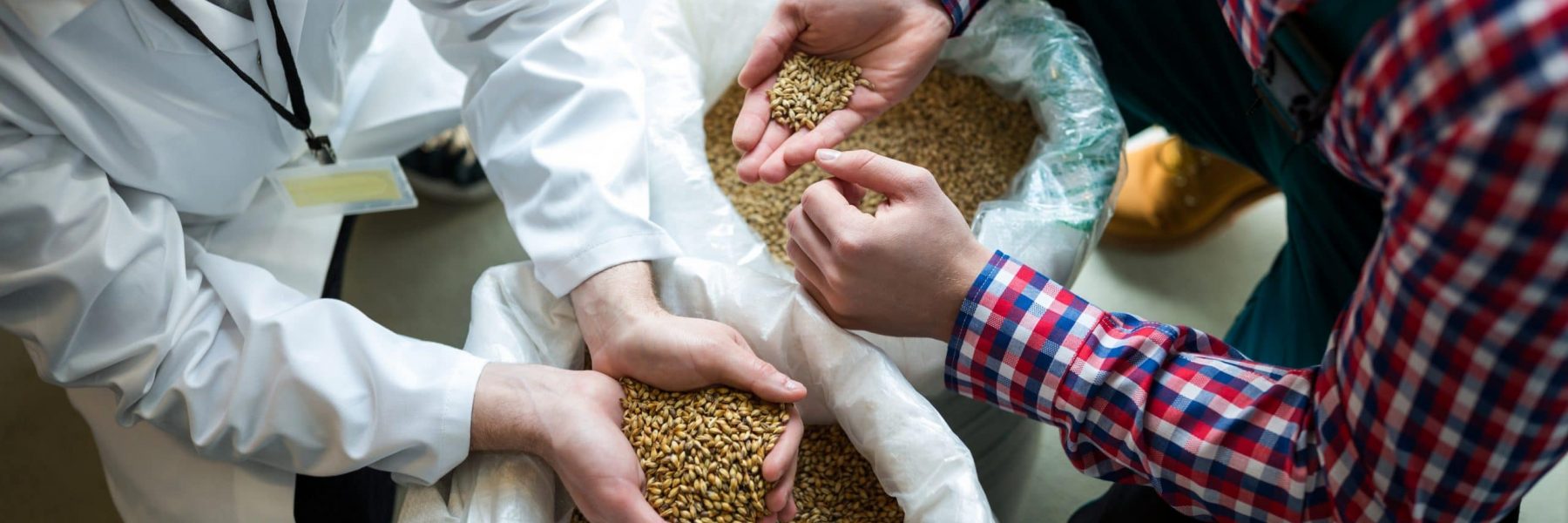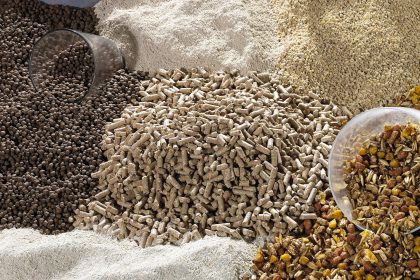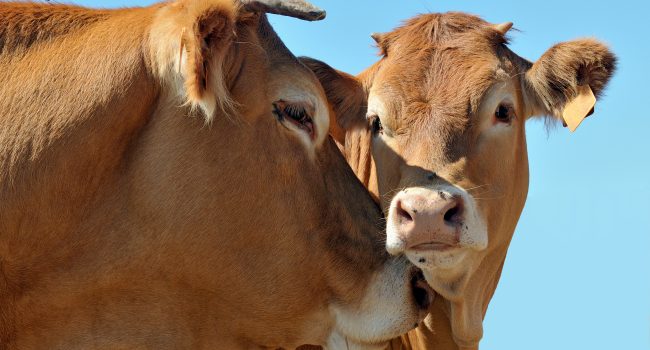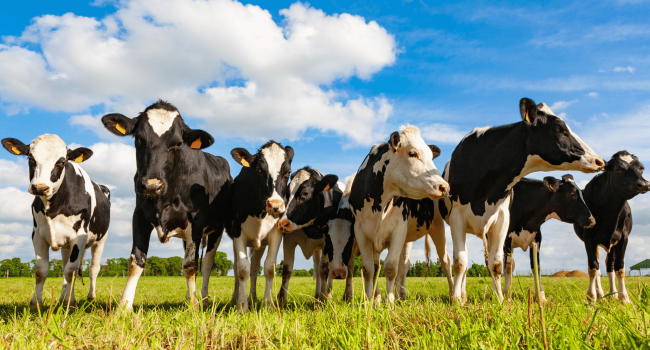Mycotoxins are toxic secondary molecules produced by moulds. These molecules can cause a wide range of effects depending on the molecular family, a combination of contaminants and rearing environment. They occur differently in each part of the world, according to climate and agricultural practices.
Aflatoxins, Ochratoxins, Fumonisins, Zearalenones and Trichothecenes (DON, T2, H-T2, etc.) are the 5 main identified mycotoxins families causing a lot of zootechnical issues with or without clinical effects.
Mycotoxins contamination can occur in the field with molds such as the Fusarium species, producing mycotoxins such as Fumonisins, Trichotecens and Zearalenons on the crops. Contamination can also happen in storage with fungi, such as the Aspergillus and Penicillium. Those fungi are linked to Aflatoxins and Ochratoxins.
One mycotoxin can be produced by several molds and one mold can produce several mycotoxins, causing multiple contaminations. Nowadays, about all samples having a positive result for mycotoxin presence are in this situation.
Multiple contaminations in feed increases the toxic effect of mycotoxins and their impact on animals’ performances. With this kind of toxins, both additive and synergic effects are possible, depending on many external factors.
Their toxicity level will also depend on species, animals’ age and mycotoxins families’ presence. On monogastric species, we mainly identified impacts on growth performances, reproduction, metabolism and immunity. On ruminants, we identified impacts on reproduction, milk production but also on milk quality.
Raw materials analysis is the starting point of mycotoxins contamination knowledge in each particular situation. Corn, barley, wheat and oats are important substrates, but they are not the only raw materials that need to be analyzed. For ruminants, forages are the main source of contamination which also need to be analyzed.
Mycotoxins contamination can be suspected by molds presence or fermented grains. But in most cases, contamination cannot be suspected and detected by visual inspection, even at high levels. Sometimes, there is no particular alteration of the external aspect, no smell, no taste, no insects.
No physical sign of contamination does not mean no contamination at all. Even good-looking raw materials can have a higher contamination level than bad-looking ones. Only analysis can confirm the presence of mycotoxins.
To have a representative analysis, you need to have the right sample. The main challenge is to collect a representative sample of your feed knowing that these molecules have a heterogeneous mode of distribution. That is why it is crucial to use the proper sampling method to have a representative sample for analysis. Specific methodologies are developed per type of raw materials and types of delivery.
In addition, mycotoxins are very stable and resistant metabolites. They are resistant to thermic treatments up to 250°C (such as extrusion, pelletizing, flacking etc.), physical and chemical treatments (such as cleaning, ammoniac etc.), fermentation, molds inhibitor during storage (such as organic acids which destroy only fungus and not the mycotoxins) and time (even long storage periods).
In turn, these toxic molecules represent a threat for animal species as much as for humans because they compromise animals’ immune systems and food safety. To avoid their negative impacts on animals’ performance, they need to be protected by a global insurance linking personalized raw materials control plan services and efficient product solutions.
To tackle this challenge, ADM offers a global approach of the mycotoxins management. This starts by understanding your field’s problematics and needs.
Discover our mycotoxins solution: T5X.






